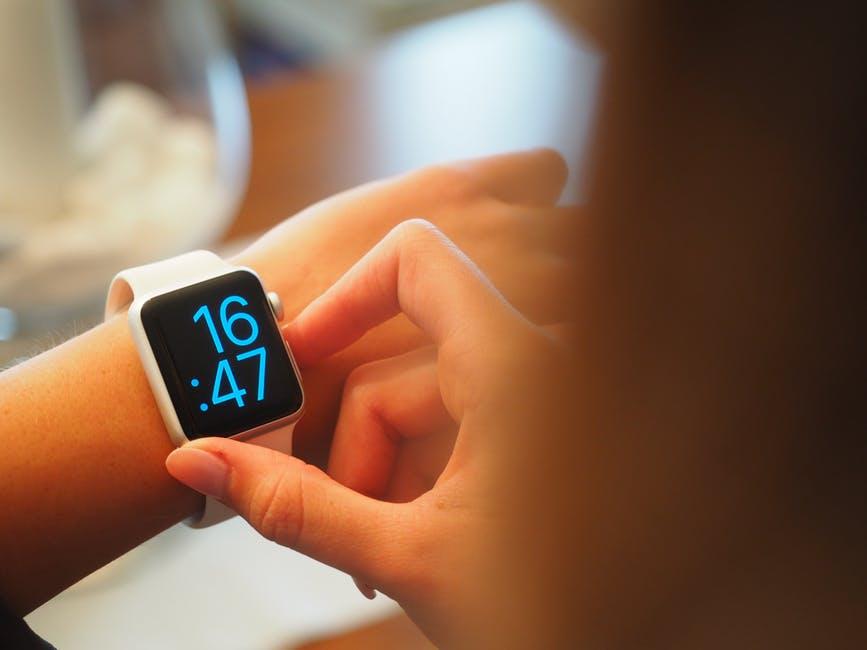
Smart watches are not a new idea, with the first digital wrist-worn device that could communicate with a computer launched by Seiko in 1984, however, compared to the timescale of traditional watches they are but a blink of an eye. Still, in the 30+ years since the inception of the smartwatch, it is undeniable that they have come a long way. This is largely due to the frenzied pace of technological development in all areas of computing, from the power of the microchip and processor to the continued miniaturization of components. All of this today means that smart Apple or Fossil watches have greater computing power than bulky desktop machines of only 10 years ago, and vastly more processing power than the bank of computers in NASA headquarters that helped take the first man to the moon, yet all packaged into a tiny wrist-mounted device. When you think of it like that it boggles the mind.
However, what happens if you don’t want a computer on your wrist. If you like the traditional values of high-quality engineering and manufacture, of Swiss precision, and beautiful materials, then where do you go? They might still be in their infancy, but hybrid watches are your answer. A clever combination of analog and digital technology means that these new pieces look like traditional watches, and keep all the beautifully engineered parts we love about them – the bezel, dial, and hands. This means that all of the elements we know and love are still there, and can still be produced in varying degrees of complexity and expense to satisfy different levels of customer.
The clever part is that the integration of digital technology happens beneath the surface of the watch, and in several different ways depending on the manufacturer or design. A lot of hybrid watches don’t show any signs of being digital, yet contain pedometers, sleep trackers, vibrating alerts and customizable buttons that can link with an app on your phone. Others integrate small screens into the bezel to display information, or even turn the whole bezel into a screen whilst keeping the hands in place.
Whilst this technology is still in development, we think it provides a far more elegant solution for digitally integrated watches. After all, losing the integral parts that make up a watch somehow mean it loses its identity, and we’re very much in favor of keeping them there.
